The model he depicts here is captured in a marked chiaroscuro, where luminous complexions contrast sharply with a deep brown background.
This play of light and shadow reinforces the sensuality emanating from the scene.
The figure's grace, accentuated by a slight swaying of the hips, draws its origins from the mannerism of the Italian Renaissance and adds a carnal touch to the composition. This feeling is extended by the fluid movement of the right arm, which accompanies Flora's harmonious curves.
A poetic goddess par excellence, Flora inspired the artist on several occasions, as evidenced by other well-known works depicting her. Here, Crespi chooses to paint this Roman deity of fertility and spring in an intimate scene, treated with simplicity and chromatic sobriety. However, this composition can also lend itself to a more spiritual reading. For beyond the apparent sensuality, the young woman's kneeling attitude recalls the humility of pious figures, such as Saint Mary Magdalene renouncing the vanities of the world. Crespi thus blends religious subtlety and secular sensuality with great finesse.


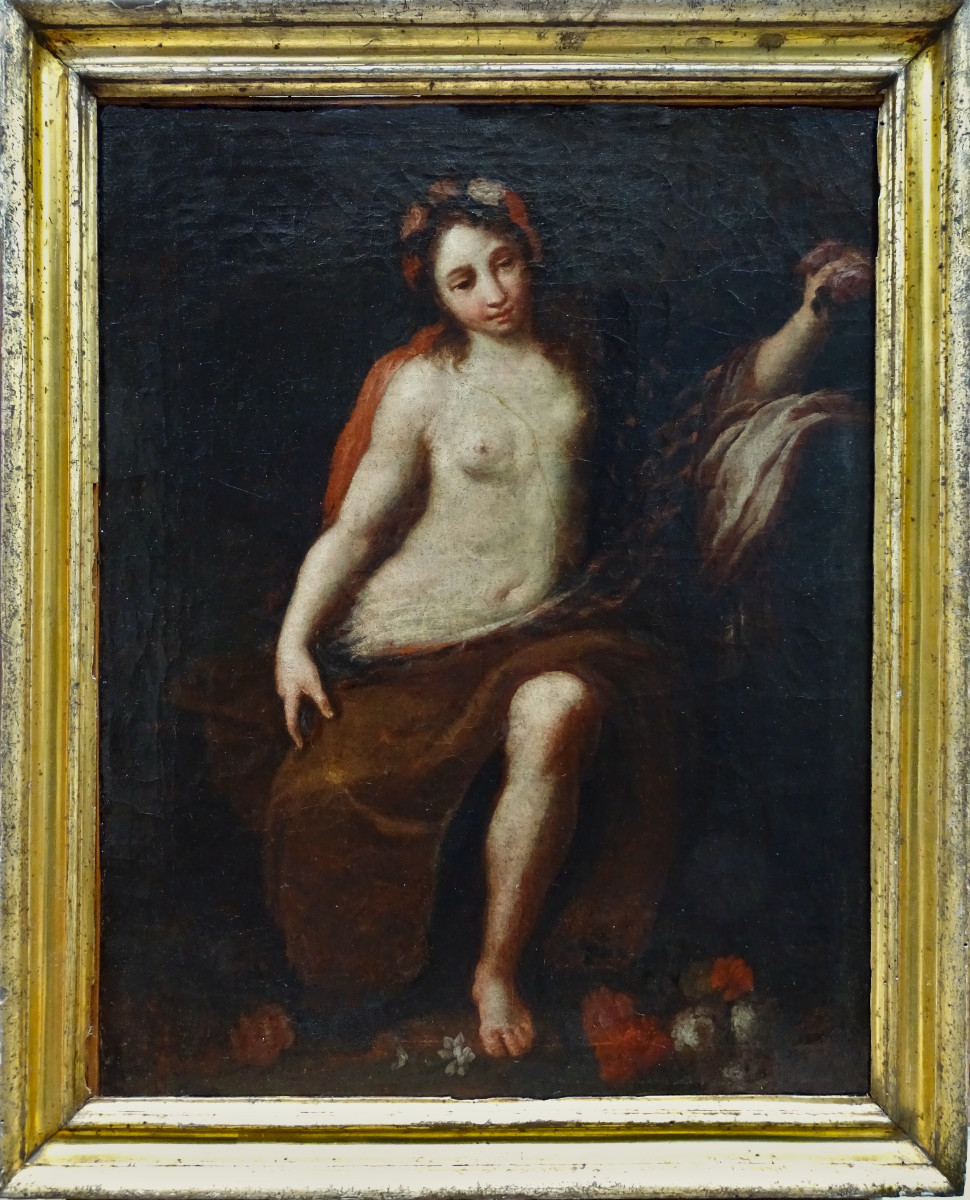
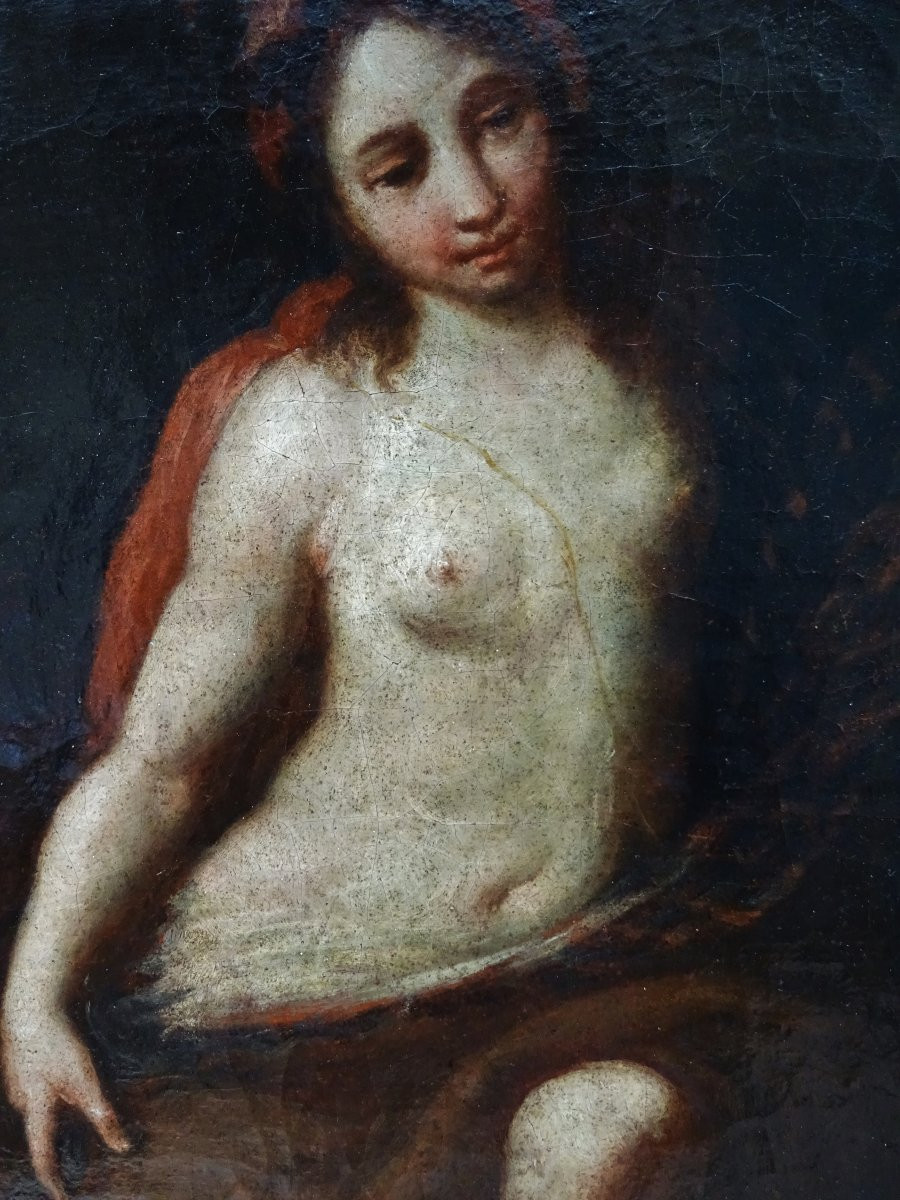




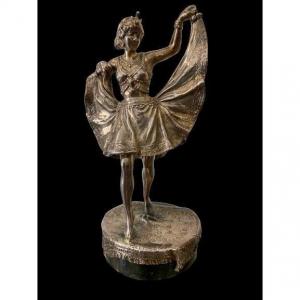
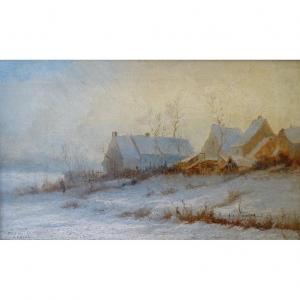
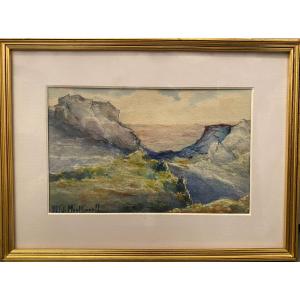


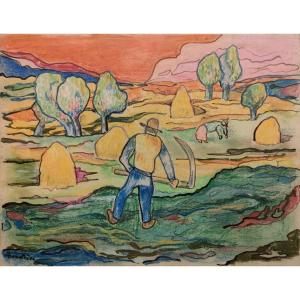



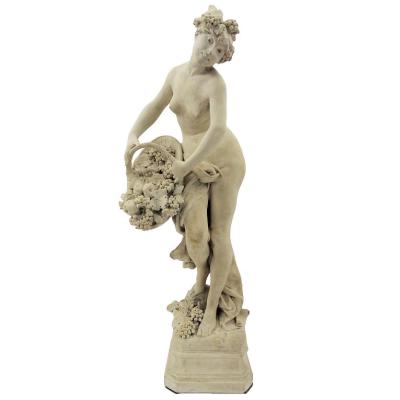

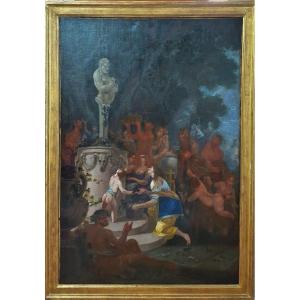
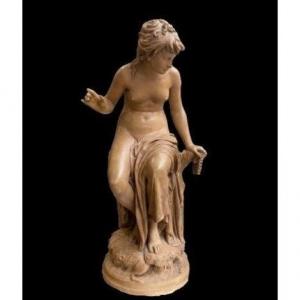



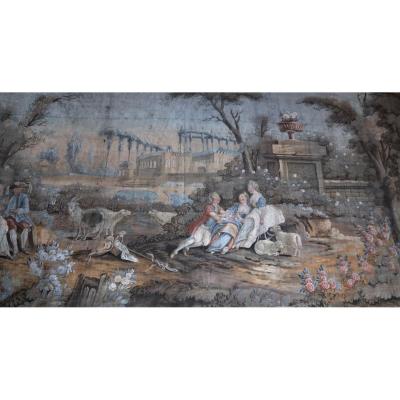
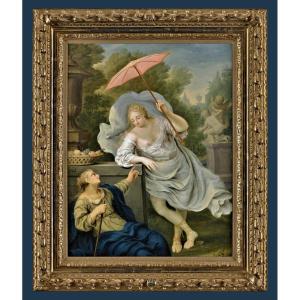
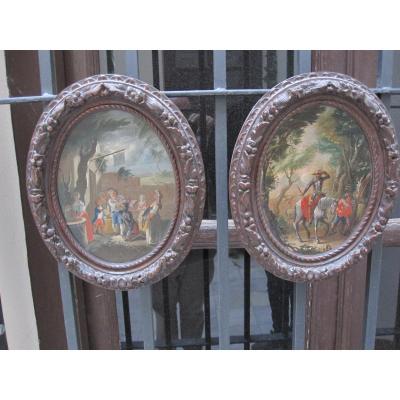



 Le Magazine de PROANTIC
Le Magazine de PROANTIC TRÉSORS Magazine
TRÉSORS Magazine Rivista Artiquariato
Rivista Artiquariato